Kashk: Basic Information
Pronunciation
Alternative Name(s)
Dish Type
Course
Mealtime
Popular Variations
- Kashk made with curdled milk
- Kashk made with curdled milk and cereals
- Kashk made with starch
Kashk: Ingredients and Preparation
Main Ingredients
Main Cooking Method
Preparation Process
Kashk: A Deep Dive
Cultural Significance
Taste
Texture
Aroma
Color
Serving Style
Serving Temperature
Accompaniment
Occasions
Seasons
Special Diets
Calories
Popularity
- West Asia: Iran, Turkey, Iraq, Egypt, Lebanon, Jordan, Palestine, Syria, Armenia, Azerbaijan, Georgia, etc.
- Central Asia: Kazakhstan, Kyrgyzstan, Tajikistan, Turkmenistan, Uzbekistan
- Others: Afghanistan, Mongolia, Tatarstan (Russia)
Popular Similar Dishes
- Strained Yogurt
- Sour Cream
- Whey
- Buttermilk
- Kefir
- Tarhana
Popular Dining Area
Kashk is a group of dairy products made from curdled milk like strained yogurt, drained sour milk, or drained buttermilk in the Middle East, the Caucasus, and Central Asia.
There are two ways to prepare kashk: traditional and modern. The first method involves churning full-fat yogurt in a goatskin sack, separating the buttermilk, boiling it into curd, and sun-drying the curd for weeks.
To make kashk the modern way, people boil yogurt, strain and blend it with salt, let it ferment for days, and dry it or store it for later.
Kashk comes in three varieties. The one made entirely with curdled milk is the most popular. In several cuisines, people mix cereals with strained yogurt. Lastly, there is a kashk version made from flour or bread.
Flavorwise, kashk is deliciously rich and tangy, with some salty undertones. This dairy product has a bolder taste than sour cream or regular yogurt.
Kashk is available in fresh, liquid, dried, and powdered forms. Dried kashk is usually shaped into large chunks, balls, or strips.
Kashk is a tangy dairy product, while whey is a by-product of cheese-making with a slightly sweet and sour taste.
Do you want to know more engaging facts about kashk? Continue reading to discover how people in different countries use kashk, its health benefits, and its pros and cons.
Finally, I will discuss the substitutes for kashk and address common questions about it.
Key Points
Kashk Images
How Is Kashk Used in Regional Cuisines?
The main culinary applications of kashk in different regions are as follows:
- General uses: Whether fresh or dried, kashk is excellent for thickening soups and stews, being added to various dishes as the final ingredient, or garnishing dishes.
Many people enjoy kashk like cheese. To rehydrate dried kashk, grind and mix it with water to create a soft paste.
- Iranian cuisine: Kashk is a traditional food in Iran and has the same form as liquid whey. People use it in many classic Iranian dishes, like kashk bademjan (an eggplant-based dip) and aush reshteh (a thick soup).
- Turkish cuisine: In Turkey, kashk is a dried, salty yogurt product added to soups, noodles, or keşkek (a ceremonial stew).
- Levantine and Arab cuisines: Kashk is made from grains and yogurt and stored in a dried, powdered form. Locals use it to make sauces, stuffings, or flavoring grilled meat and soups.
This type of kashk is a classic ingredient in Iraq, Egypt, Lebanon, Jordan, Palestine, and Syria.
- Azerbaijani cuisine: Locals layer boiled dough sheets with chicken and kashk-based sauce to make a traditional dish called xəngəl.
Other countries in the Caucasus, such as Armenia and Georgia, also use kashk in cooking.
- Central Asian cuisine: Kashk is commonly used in Central Asia (Kazakhstan, Kyrgyzstan, Tajikistan, Turkmenistan, and Uzbekistan) and nearby regions, such as Mongolia and several republics of Russia.
A popular example is qurutob, a renowned bread salad in Central Asia that has a base made by dissolving kashk in water.
To explain the widespread use of kashk in those regions, you only need to look at the impressive nutritional profile of kashk.
What Are the Health Benefits of Kashk?
As a fermented dairy product, kashk is rich in protein, probiotics, minerals (like calcium), vitamin D, and vitamin B-complex. Whatever health benefits yogurt can give you, kashk has it, too.
According to Medical News Today, the positive effects of fermented dairy products like kashk and yogurt include a stronger immune system, improved digestive health, and better bone health, among other things.
The nutritional value of kashk is an obvious advantage, but there are many things about its pros and cons that you should know.
Pros and Cons of Eating Kashk
The summary below will provide you with insights into the upsides and downsides of kashk.
Pros
Cons
In case you can’t find kashk, there are still other alternative foods with similar tastes and textures to try.
What Are Suitable Alternatives for Kashk?
The following 4 types of foods are good enough to be used in place of kashk:
- Greek yogurt (strained yogurt): This type of yogurt is a highly suitable alternative for kashk, thanks to its similar tangy flavor. But Greek yogurt is creamier than kashk, so you can try straining the yogurt to make it thicker.
- Sour cream or crème fraîche: Those two ingredients are excellent in recipes where kashk is used as a topping or garnish. Feel free to add a small amount of grated rich cheese, such as parmesan, for a savorier finish.
- Buttermilk: While buttermilk is more liquid than kashk, it has a tangy flavor that can mimic the taste of kashk in soups and stews. Use buttermilk in dishes where the consistency of kashk isn’t crucial.
- Kefir: Kefir is a fermented milk drink with a flavor profile comparable to kashk. Use it to replace kashk the same way as buttermilk.
After learning about kashk substitutes, let’s learn about the answers to common queries people usually have about kashk.



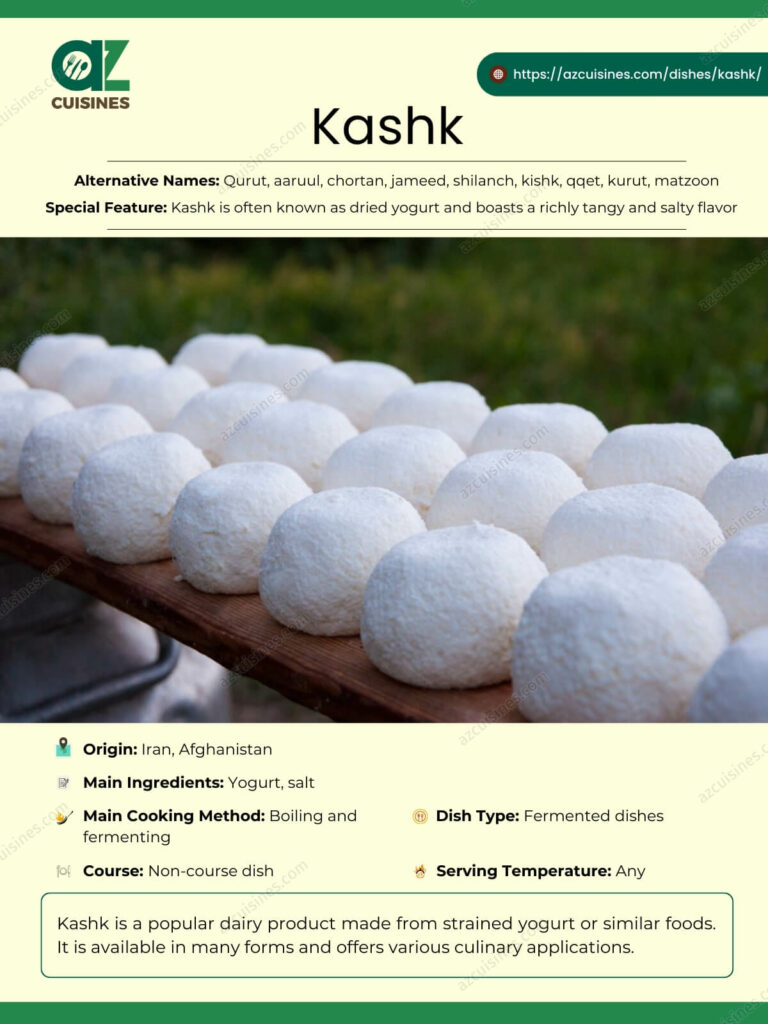
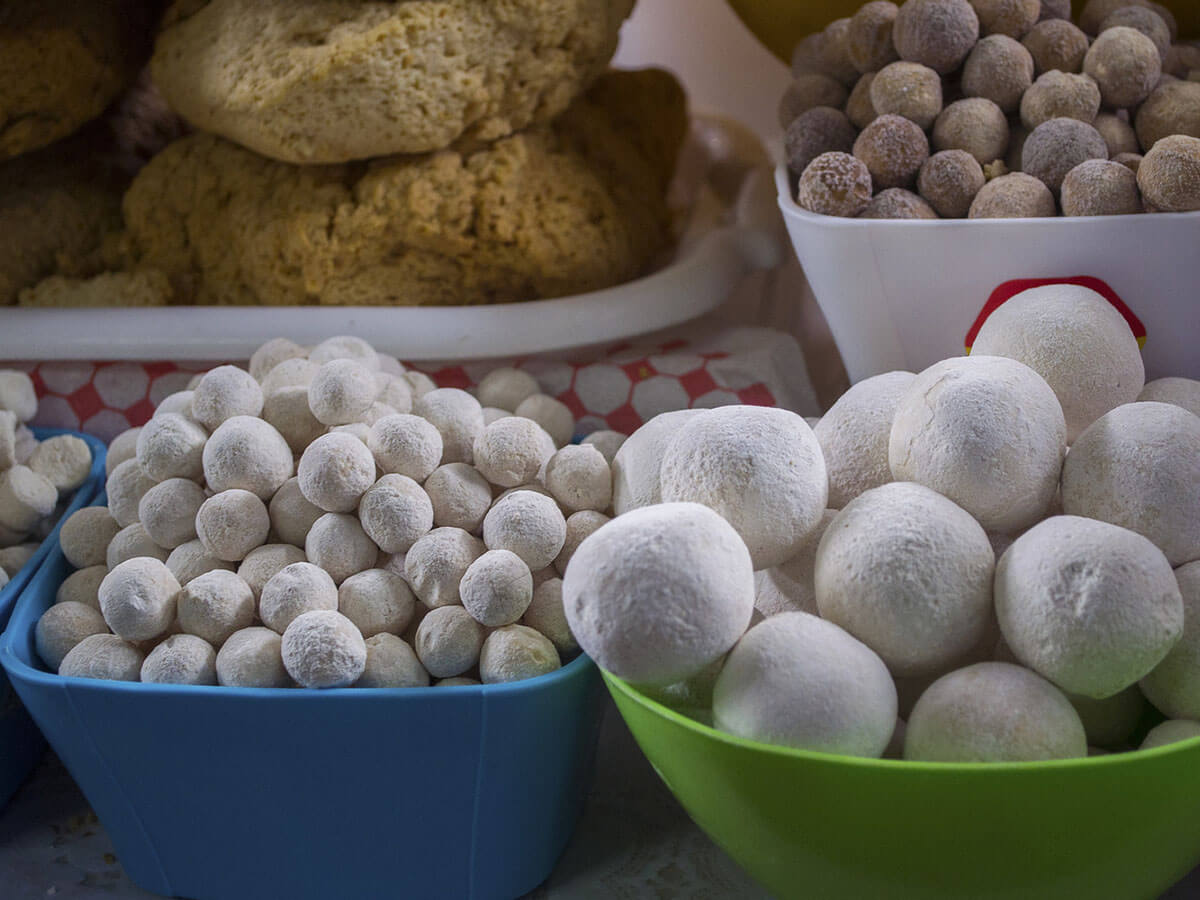
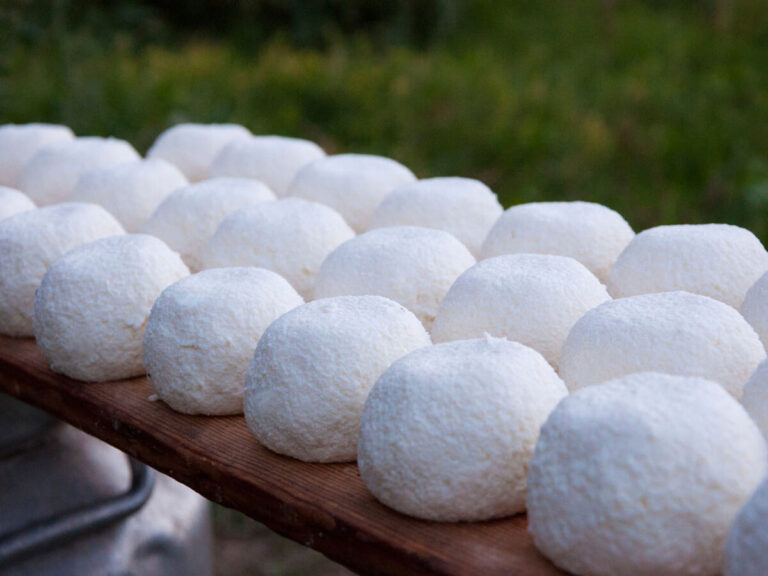
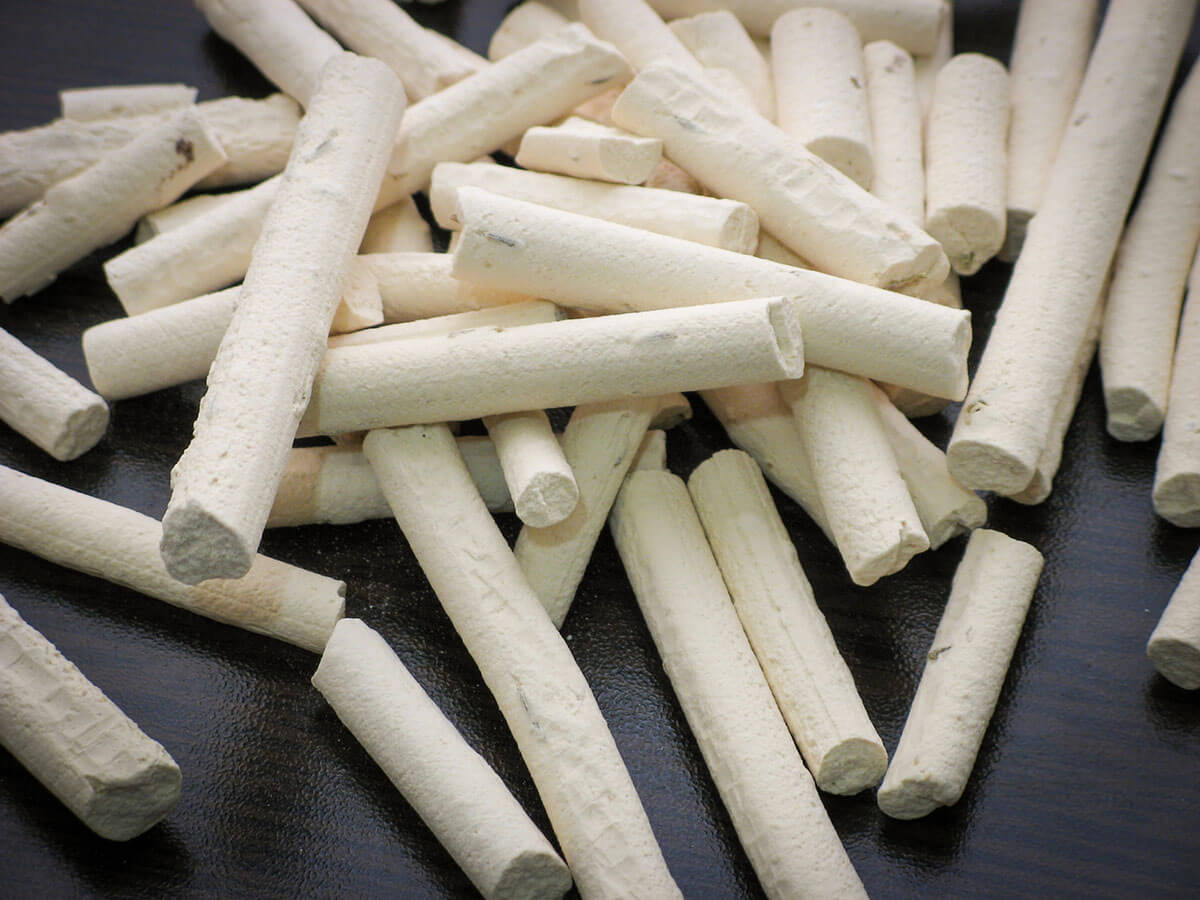


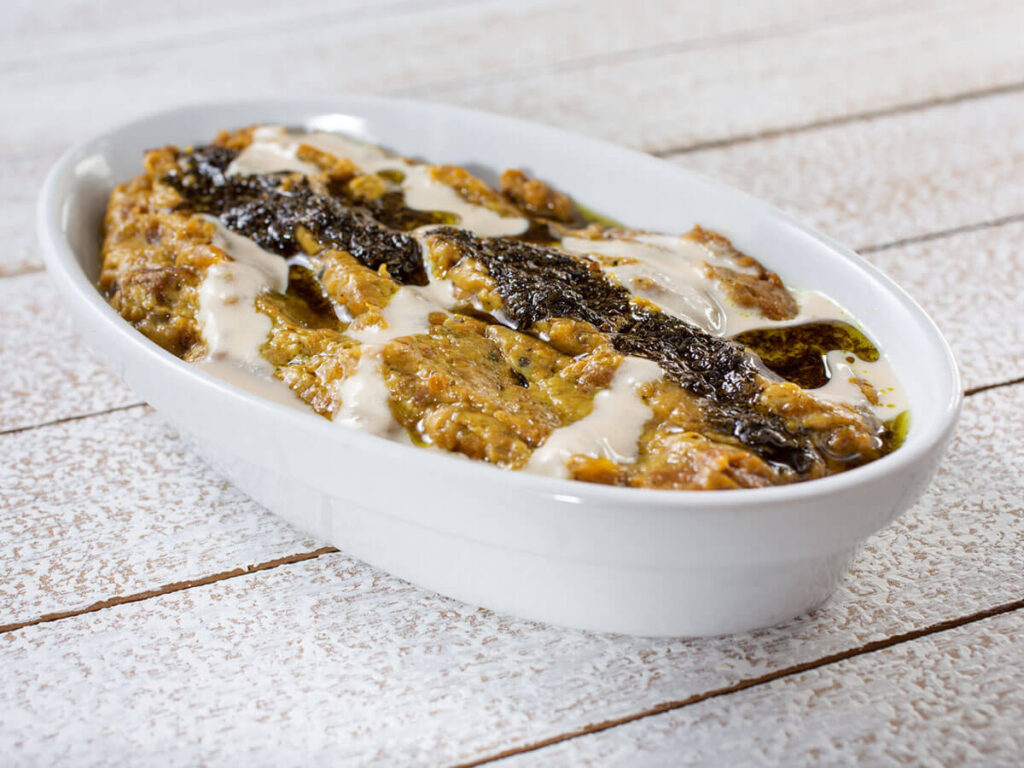
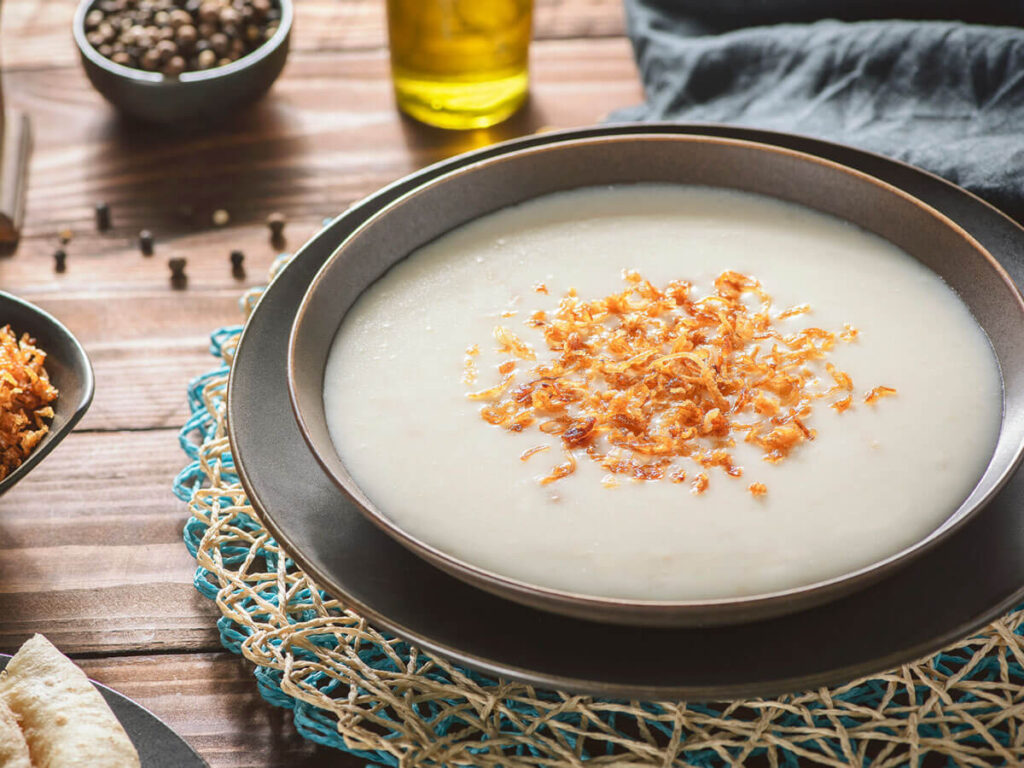

Adam Sam
Senior Food and Drink Editor
Expertise
Food Writer & Recipe Developer, Recipe Tester, Bartender, Cooking-video Maker, Editor In Chief
Education
Adam Sam, an experienced food writer and recipe developer, is passionate about blending diverse culinary traditions, national dishes, and innovative beverages, showcasing his proficiency in both traditional and modern recipe testing.
As the Editor-in-Chief, he elevates culinary content from street food to fine dining, focusing on Western cuisine and types of drinks at azcuisines.com, and is professional in creating engaging cooking videos that simplify complex dishes and ingredients.
His passion for food is evident in his writing, where he uniquely merges various cultures, traditions, and contemporary trends, skillfully combining classic recipes with modern cooking methods.